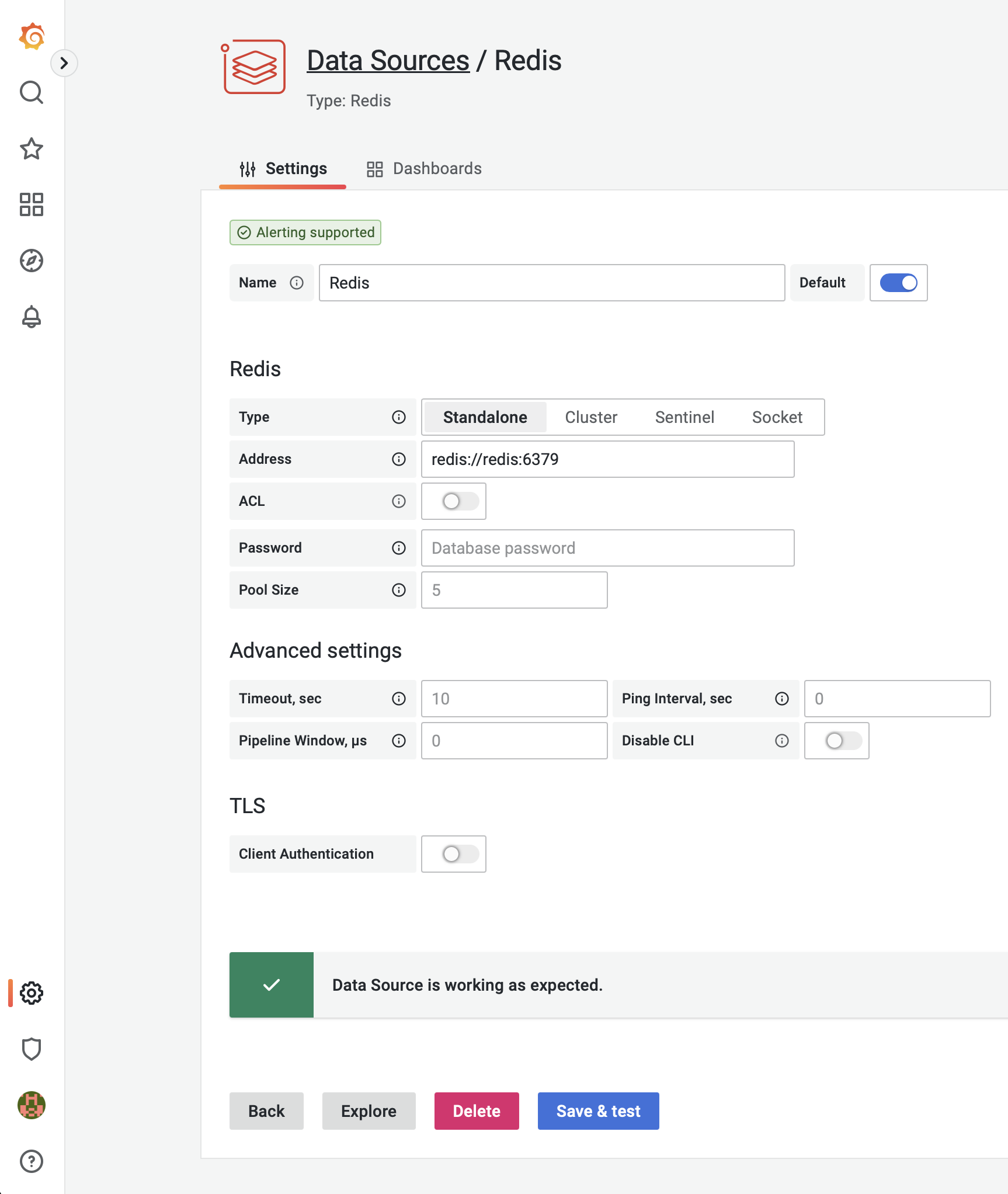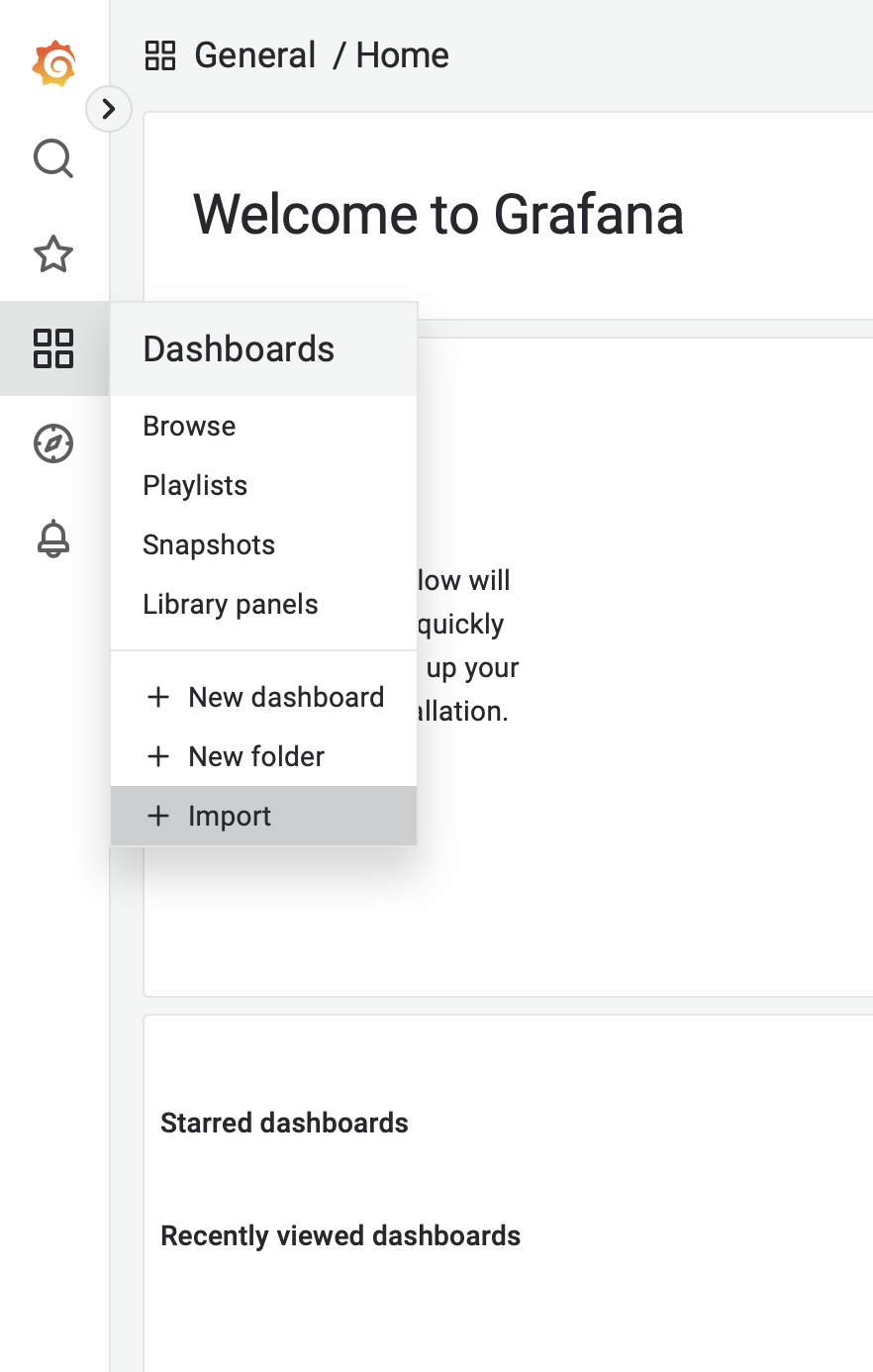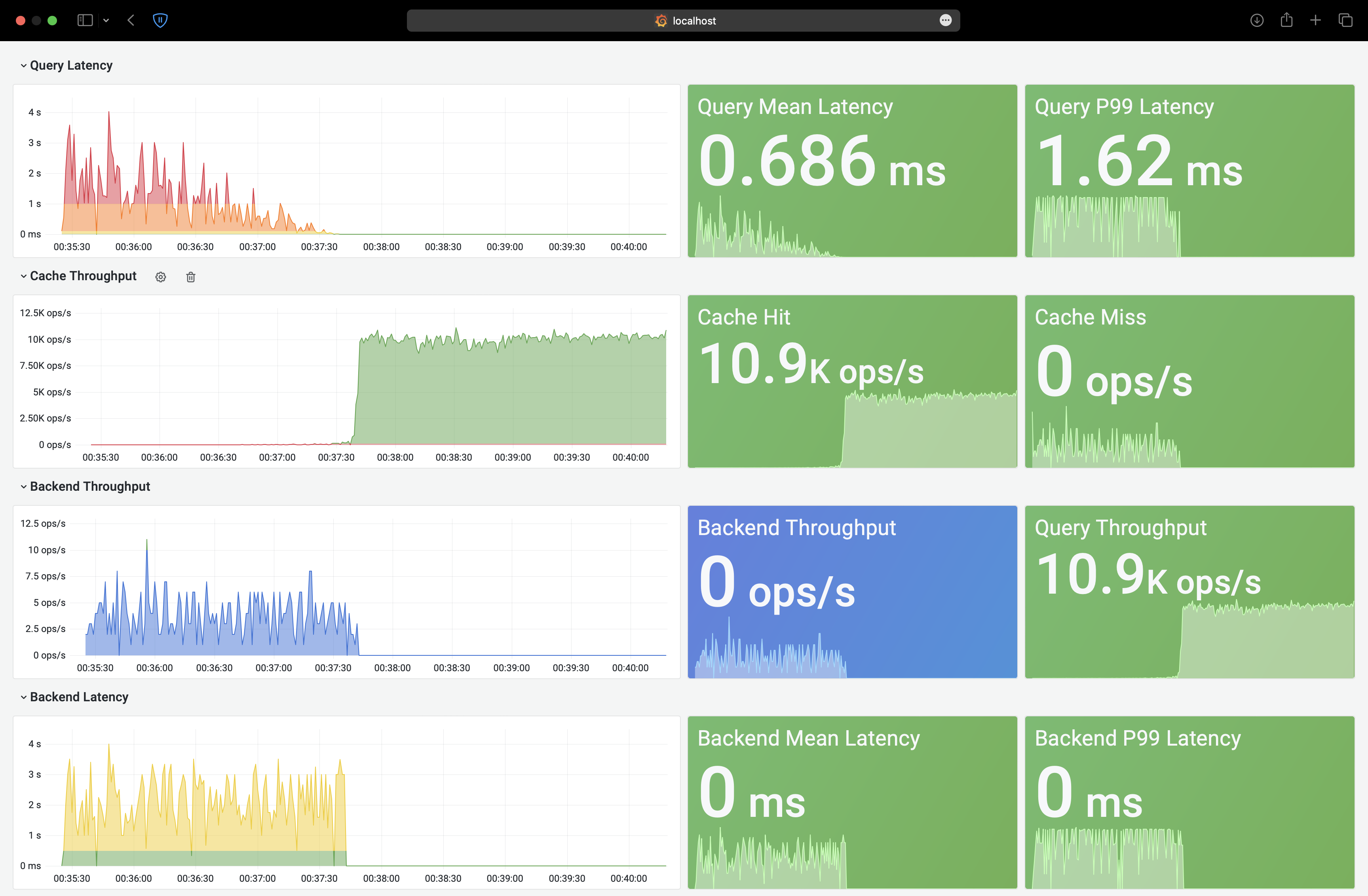Redis Smart Cache is a JDBC query cache for Redis Stack, Redis Cloud, and Redis Enterprise.
Redis Smart Cache lets you add caching to your application without changing the code.
Implemented as a wrapper around your backend database’s JDBC driver, Redis Smart Cache can cache slow, repeated queries from Redis, bypassing expensive database calls and greatly improving response times.
Redis is an in-memory data store designed to serve data with the fastest possible response times. For this reason, Redis is frequently used for caching.
It’s not always easy to modify your code to utilize Redis as a cache. You need to think about a number of issues, including:
-
Result set serialization and deserialization
-
Fault-tolerance
-
Cache invalidation
This is why we built Redis Smart Cache. After adding a single dependency and setting some basic configuration, your JDBC application can take advantage of Redis as a cache without any changes to your code.
To understand how Redis Smart Cache works, it’s best to try it for yourself.
This example showcases an application that continuously performs queries against a MySQL database and uses Redis Smart Cache to cache query results.
First, clone this git repository:
git clone https://github.com/redis-field-engineering/redis-smart-cache.git
cd redis-smart-cacheNext, use Docker Compose to launch containers for MySQL, Grafana, Redis Stack, and Redis Smart Cache example app instance:
docker-compose upOnce all of these containers have started, log in to Grafana by pointing your browser to http://localhost:3000. Use the following credentials:
Username: admin
Password: admin
In the Grafana UI, click Add your first datasource.
In the filter box, enter Redis and click on the first entry (Redis data source).
In the wizard that shows up, enter redis://redis:6379 for the Redis address and click Save & test.
Now import the demo dashboard by clicking Dashboards/Import in the sidebar.
Next, click Upload JSON file and upload redis-smart-cache/demo/redis-smart-cache-demo/grafana/dashboard.json.
At the bottom of the page, select the Redis datasource that you just created and click Import.
You should see the following dashboard:
After a few minutes, the Redis cache will be populated, yielding dramatically improved response times.
To use Redis Smart Cache with an existing application, you’ll need to add the Redis Smart Cache JDBC driver as an application dependency.
<dependency>
<groupId>com.redis</groupId>
<artifactId>redis-smart-cache-jdbc</artifactId>
<version>0.2.1</version>
</dependency>dependencies {
implementation 'com.redis:redis-smart-cache-jdbc:0.2.1'
}The next step is to configure Redis Smart Cache, as described below.
First, ensure that your application is using Redis Smart Cache as its JDBC driver:
com.redis.smartcache.Driver
Next, set your JDBC URI to the URI of your Redis instance prefixed by jdbc: for example:
jdbc:redis://cache.redis.cloud:6379
See Lettuce’s URI syntax for all of the possible URI parameters you can use here.
Next step is providing bootstrap configuration.
Bootstrap configuration contains the information necessary to connect to Redis and the backend database and is specified using JDBC properties.
Redis Smart Cache JDBC properties support different value types.
The properties of type data size support values that describe an amount of data, measured in byte-based units.
These units are incremented in multiples of 1024, so one megabyte is 1024 kilobytes, one kilobyte is 1024 bytes, and so on.
For example, the value 6MB describes six megabytes.
The data size type supports the following units:
-
B: Bytes
-
kB: Kilobytes
-
MB: Megabytes
-
GB: Gigabytes
The properties of type double support numerical values including decimals, such as 1.6.
Double type values can be negative, if supported by the specific property.
The properties of type duration support values describing an amount of time, using the syntax of a non-negative number followed by a time unit.
For example, the value 7m describes seven minutes.
The duration type supports the following units:
-
ns: Nanoseconds
-
us: Microseconds
-
ms: Milliseconds
-
s: Seconds
-
m: Minutes
-
h: Hours
-
d: Days
A duration of 0 is treated as zero regardless of the unit that follows. For example, 0s and 0m both mean the same thing.
Properties of type duration also support decimal values, such as 2.25d.
These are handled as a fractional value of the specified unit.
For example, the value 1.5m equals one and a half minutes, or 90 seconds.
The properties of type integer support whole numeric values, such as 5 and 1000.
Negative values are supported as well, for example -7.
Integer type values must be whole numbers, decimal values such as 2.5 are not supported.
Some integer type properties enforce their own minimum and maximum values.
-
Type:
string -
Required
Class name of the backend database JDBC driver, for example oracle.jdbc.OracleDriver.
-
Type:
string -
Required
JDBC URL for the backend database, for example jdbc:oracle:thin:@myhost:1521:orcl.
To further configure how Redis Smart Cache connects to Redis, set the following properties:
-
Type:
string -
Allowed values:
NONE,CA,FULL -
Default value:
NONE
TLS verification mode.
When set to NONE, no verification is performed.
In CA mode the Certificate Authority and certificate are verified but not that the hostname matches.
Use FULL mode for full certificate verification.
-
Type:
string
Authenticate using the provided username. Overrides username in Redis URI. Requires password.
-
Type:
string
Authenticate using the provided password. Overrides password in Redis URI.
-
Type:
string -
Default value:
smartcache
Prefix for all Redis keys used by Redis Smart Cache, such as cache entries, configuration, and metrics.
-
Type:
integer -
Default value:
8
Maximum number of connections that can be allocated by the pool at a given time. Use a negative value for no limit.
Redis Smart Cache uses rules to determine how SQL queries are cached.
Rule configuration is stored in a Redis JSON document located at the key smartcache:config and can be modified at runtime.
Redis Smart Cache will dynamically update to reflect changes made to the JSON document (see smartcache.config-step above to change the refresh rate).
Here is the default rule configuration:
{
"rules": [
{
"tables": null,
"tablesAny": null,
"tablesAll": null,
"regex": null,
"ttl": 3600
}
]
}This default configuration contains a single passthrough rule where all SQL query results will be assigned a TTL of 3600 seconds.
Rules are processed in order and consist of criteria (conditions) and actions (results). Only the first rule with matching criteria will be considered, and its action applied.
tables-
Triggers if the given tables are exactly the same as the list in the SQL query (order does not matter).
tablesAny-
Triggers if any of the given tables shows up in the SQL query.
tablesAll-
Triggers if all the given tables show up in the SQL query.
regex-
Triggers if regular expression matches the SQL query.
ttl-
Sets the time-to-live (in seconds) for the corresponding cache entry (default:
3600).0No caching
-1No expiration
| Criteria | Match |
|---|---|
{ "tables": ["orders", "products"] } |
|
{ "tables": ["orders", "products", "customers"] } |
|
{ "tablesAny": ["transactions"] } |
|
{ "tablesAny": ["transactions", "orders"] } |
|
{ "tablesAll": ["transactions", "orders", "products"] } |
|
{ "tablesAll": ["orders", "products"] } |
|
{ "regex": "SELECT .+ FROM trans.*" } |
|
{ "regex": "SELECT .+ FROM cust.*" } |
Redis Smart Cache is supported by Redis, Inc. on a good faith effort basis. To report bugs, request features, or receive assistance, please file an issue.





